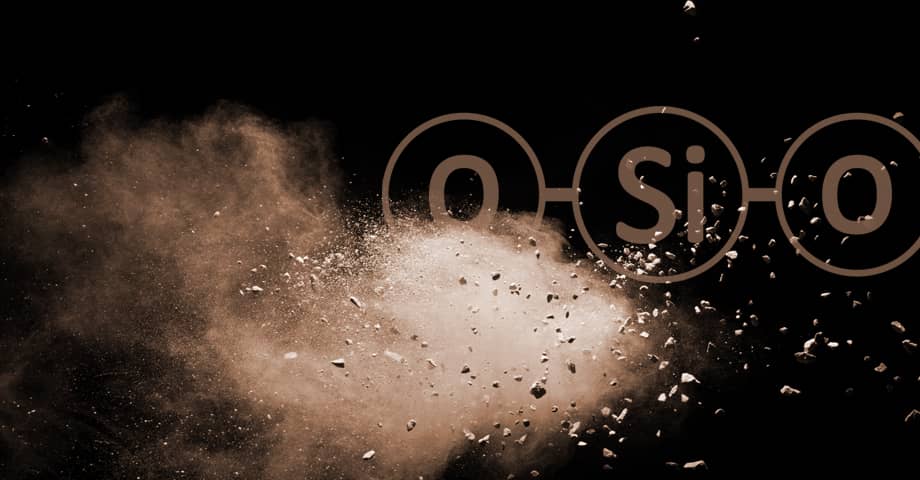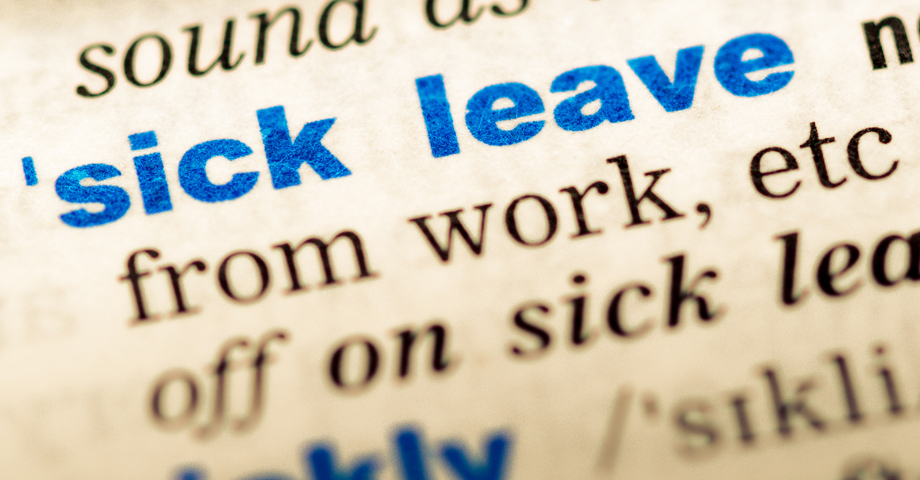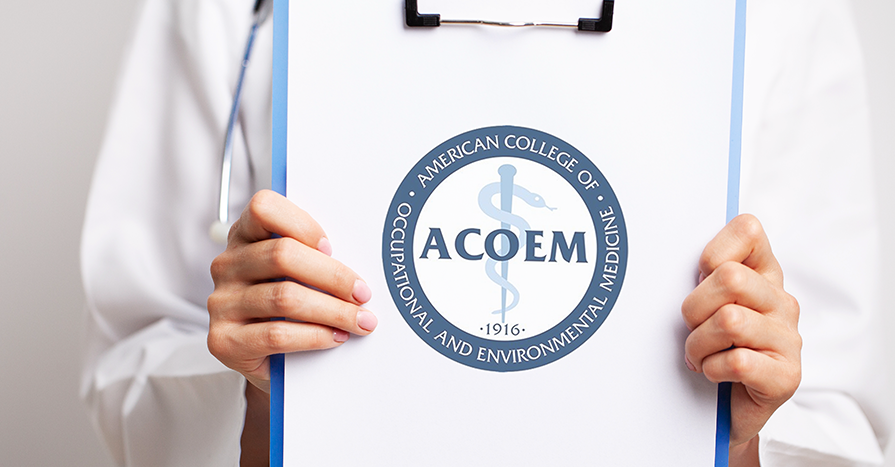OSHA seeks to reduce silica exposure
By Enterprise Health on Mar 10, 2020 11:00:00 AM

Last month, the U.S. Department of Labor’s Occupational Safety and Health Administration (OSHA) announced it has established a revised National Emphasis Program (NEP) to identify and reduce or eliminate worker exposures to respirable crystalline silica (RCS) in general industry, maritime and construction.
OSHA issued this NEP because occupational exposures to silica continue to pose a significant risk to a large population of workers, and sampling data continues to show a high rate of noncompliance or employee overexposures. The NEP focuses on enforcement of the new silica standards that became effective in June 2016. These standards lower the permissible exposure limit for respirable crystalline silica to 50 micrograms per cubic meter (µg/m3) as an 8-hour time-weighted average for workers in the targeted industries.
As part of these new standards, beginning June 23, 2020, employers are required to provide medical surveillance for employees who are at or above the action level of 25 micrograms per cubic meter (µg/m3) for 30 or more days per year. However, for an interim period from February 5, 2020 (issue date of this revised NEP) through June 22, 2020, medical surveillance shall be required to be made available to employees exposed above the permissible exposure limit (PEL) of 50 micrograms per cubic meter (µg/m3) as an 8-hour time-weighted average (e.g. those required to wear a respirator for 30 days or more days per year).
Medical surveillance of at-risk employees includes an initial (baseline) medical exam focused on the respiratory system followed by a periodic exam every three years. These exams include, for both initial and periodic, a medical and work history (questionnaire), physical examination, chest X-ray (which must be interpreted and classified by a NIOSH-certified B Reader), lung function test (spirometry), and, for initial only, baseline testing for latent tuberculosis infection. These employees must also undergo respirator fit testing annually, or when the user changes to a different make or model of respirator or experiences any physical changes (e.g., significant weight changes, dental work, etc.) that could affect fit.
Tracking due dates, coordinating appointments and questionnaire completion, capturing required information, and communicating results in a timely fashion for large numbers of employees who require medical surveillance for silica exposure can be complicated, labor-intensive, and ultimately can lead to non-compliance. Enterprise Health helps employers reduce the risk of non-compliance by automating medical surveillance for at-risk employees and making it easy to see which employees haven’t completed the necessary testing.
Here’s how it works: employers enroll at-risk employees in the system’s respiratory panel. The system can be set up to automate employee membership based on predetermined rules such as location, building, job class or other custom queries. Or, employees may be enrolled individually. Once enrolled, the system tracks due dates for testing, and automatically sends email notifications and reminders to the employee and his or her supervisor about testing. The emails to the employee include links to the employee portal where he or she can complete questionnaires and consent forms, and schedule an appointment. The consent form for silica surveillance must include very specific wording to meet OSHA requirements and indicate what recommendation information, from the medical examination, is allowed to be included in the written medical opinion released to the employer.
Once the medical surveillance examination is completed, the employer must ensure that the physicians and other licensed health care professionals (PLHCP) explain to the employee the results of the medical examination and provide the employee with a written medical report within 30 days of the examination.
The written medical report must contain a statement indicating the results of the medical examination, including any medical condition(s) that would place the employee at increased risk of material impairment to health from exposure to respirable crystalline silica and any medical conditions that require further evaluation or treatment. In addition, the PLHCP's written medical report must include any recommended limitations on the employee's use of respirators, any recommended limitations on the employee's exposure to respirable crystalline silica, and a statement that the employee should be examined by a board certified specialist in pulmonary disease or occupational medicine if the chest X-ray is classified as 1/0 or higher by the B Reader, or if referral to a specialist is otherwise deemed appropriate by the PLHCP.
Under the respirable crystalline silica standard, the employer must also ensure that the PLHCP provides the employer with a written medical opinion within 30 days of the employee examination, and that the employee also gets a copy of the written medical opinion for the employer within 30 days. The PLHCP may choose to directly provide the employee a copy of the written medical opinion. This can be particularly helpful to employees, such as construction employees, who may change employers frequently. The written medical opinion can be used by the employee as proof of up-to-date medical surveillance.
Enterprise Health is helping its clients create silica medical surveillance protocols to capture required information, as well as specific workflows to help ensure timely communication of results that account for employee consent or non-consent. The system auto-fills standard templates with the required elements of the written medical report for the employee and written medical opinion for the employer.
To achieve the desired goal of the NEP, OSHA will use a combination of inspection targeting, outreach to employers and compliance assistance. Enterprise Health not only helps employers reduce the risk of non-compliance, but also makes it easy to access accurate data and reports should an inspection occur.
For more information on the health effects from silica exposure, and how employers can protect workers, visit OSHA’s Safety and Health Topics webpage on Crystalline Silica (including a recent Standard Interpretation regarding “Retention of Spirometry Records” and 1910.1053 — Respirable Crystalline Silica Standard Appendix B - Medical Surveillance Guidelines).
You May Also Like
These Related Stories

More employers expand onsite clinics to include primary care

Health surveillance is a team sport
